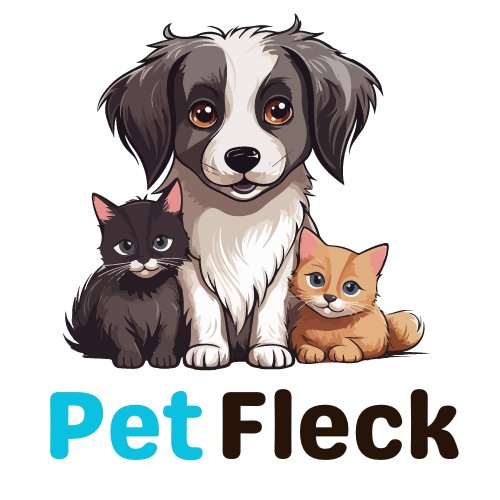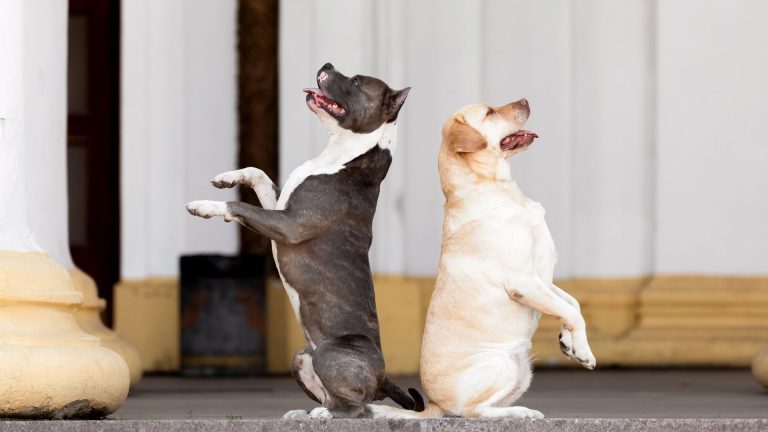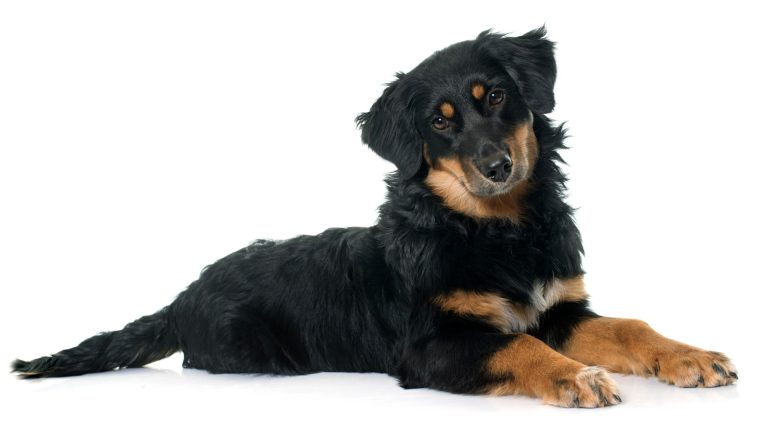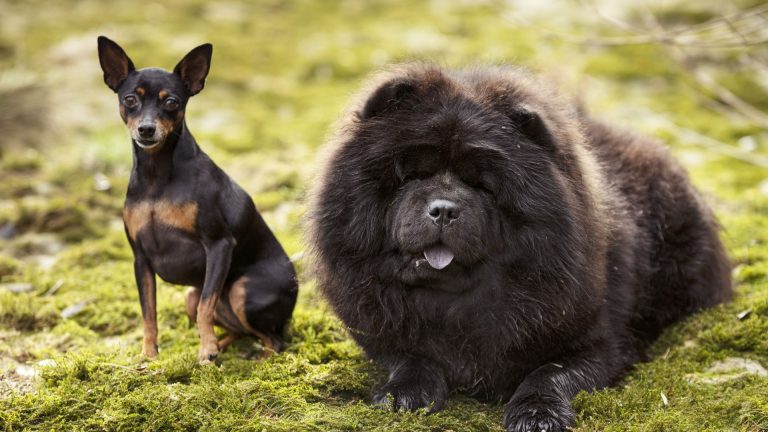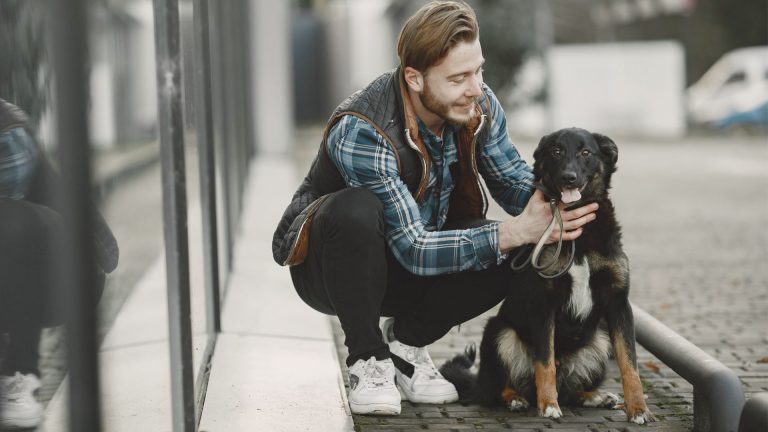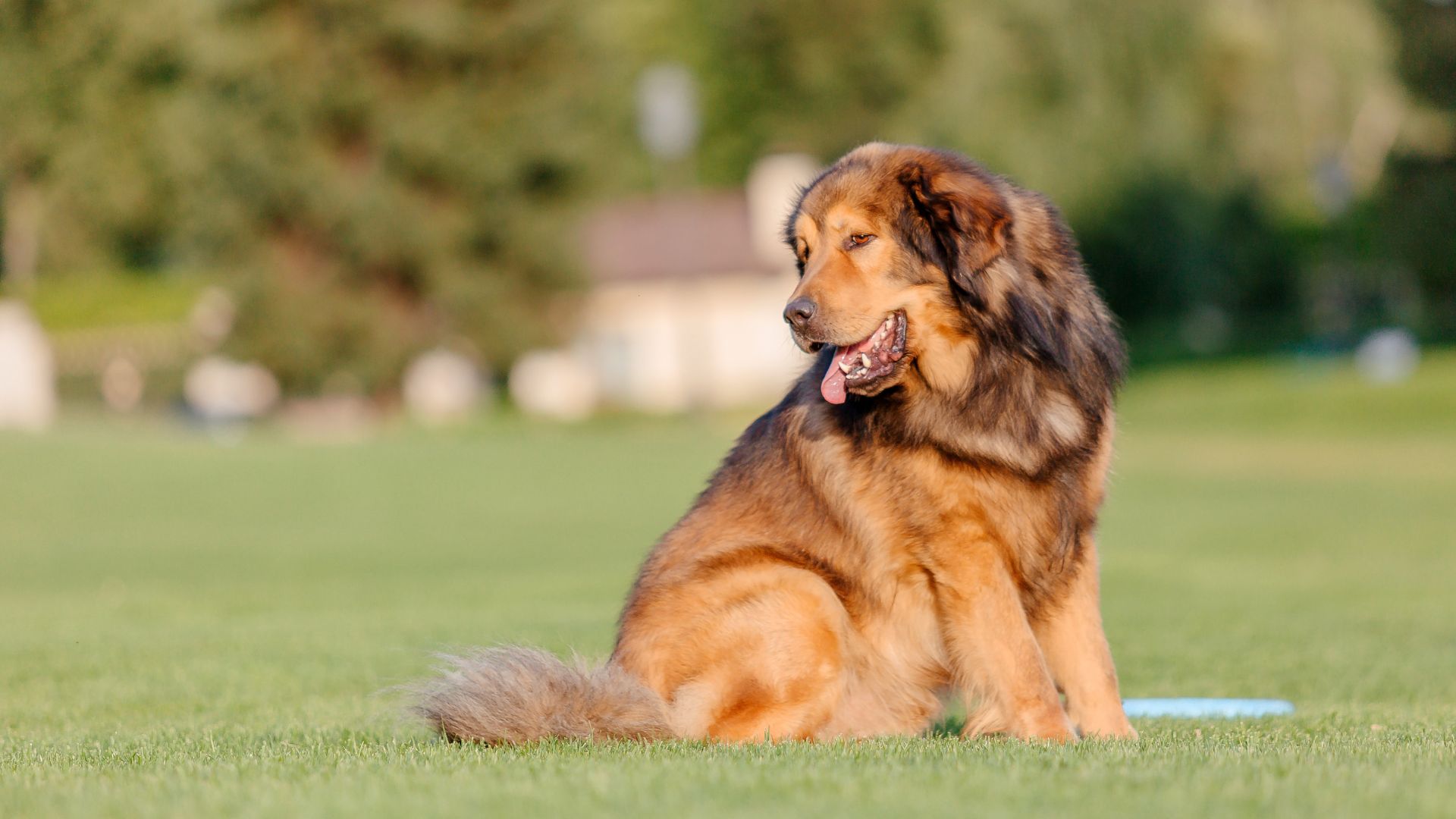
Contents
Did you know that some of the most unique and rare dog breeds start with the letter ‘O’? These breeds not only have distinctive characteristics but also fascinating histories.
Understanding different dog breeds is crucial for prospective dog owners. Each breed has specific needs, behaviors, and health concerns. Knowing these can help you choose the right dog for your lifestyle. This knowledge ensures a happier life for both you and your furry friend.
In this article, we will explore dog breeds that start with the letter ‘O’. You will learn about their history, physical traits, and care requirements. Whether you are looking for a new pet or just curious, this guide will provide valuable insights into these unique canine choices.

Overview of Dog Breeds Starting with
Dog breeds that start with the letter ‘O’ share some common traits. Many of these breeds are known for their distinct looks and unique behaviors. They often have strong working instincts. This includes herding, guarding, or hunting abilities. These dogs tend to be loyal and protective. They form strong bonds with their families. Most of these breeds require regular exercise and mental stimulation. They can be energetic and need an active lifestyle. Grooming needs vary but many have coats that need regular care. Despite their differences, these breeds share a strong sense of purpose and dedication.
The history of dog breeds starting with ‘O’ is as diverse as the breeds themselves. Many of these breeds have ancient origins. For example, the Otterhound has roots tracing back to medieval England. It was bred for hunting otters in rivers and streams. The Old English Sheepdog, another ‘O’ breed, originated in the 18th century. It was used for driving cattle and sheep to market. Breeds like the Ovcharka have a rich history in Russia. They were used as guard dogs to protect livestock from predators. Each breed’s history reflects its role and the environment it was developed in. This rich heritage adds to the allure and uniqueness of these breeds.
Detailed Profiles of Each Breed
In this section, we will delve into the specifics of each dog breed that starts with the letter ‘O’. Each profile will cover the breed’s history, physical characteristics, temperament, and care needs.
Otterhound

The Otterhound has its origins in medieval England. Bred for hunting otters in rivers and streams, it has a rich history as a skilled water dog.
Otterhounds are large, robust dogs with a distinctive rough double coat. They have webbed feet, which make them excellent swimmers, and a powerful, muscular build.
Otterhounds are friendly and affectionate. They are known for their playful nature and strong hunting instincts. These dogs are also independent and can be quite determined when following a scent.
Otterhounds require regular exercise to keep them healthy and happy. They need consistent grooming due to their dense coat. Common health issues include hip dysplasia and ear infections, so regular veterinary check-ups are essential.
Old English Sheepdog
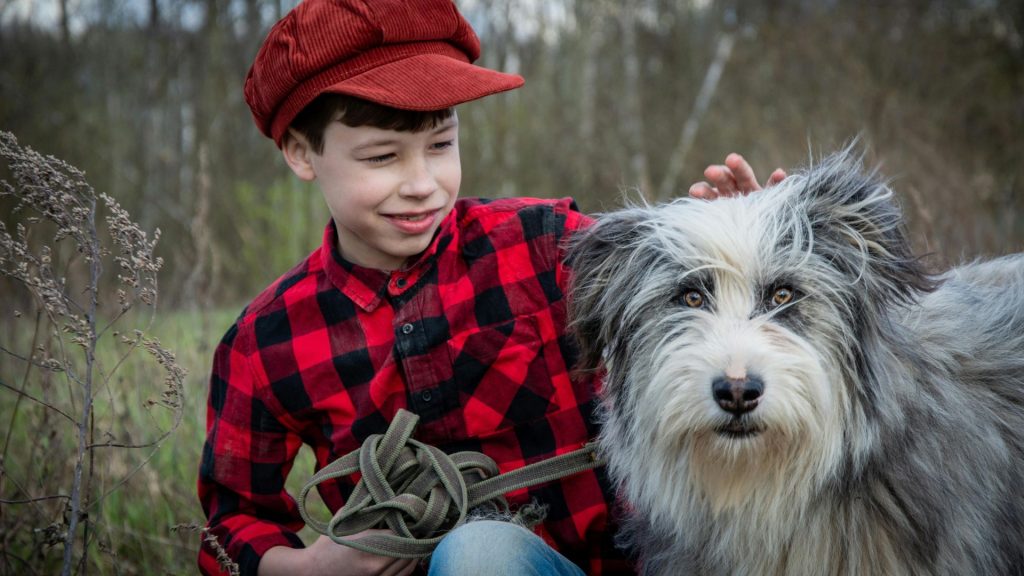
The Old English Sheepdog originated in England in the 18th century. It was primarily used for driving cattle and sheep to market, showcasing its herding abilities.
Old English Sheepdogs are large, sturdy dogs with a profuse, shaggy double coat. They have a distinctive bear-like gait and a characteristic bobbed tail, which gives them a unique appearance.
Old English Sheepdogs are known for their gentle and friendly nature. They are intelligent, adaptable, and enjoy being part of family activities. These dogs are also protective and make excellent watchdogs.
Regular grooming is essential to maintain the Old English Sheepdog’s thick coat and prevent matting. They need daily exercise to stay fit and mentally stimulated. Common health concerns include hip dysplasia, cataracts, and autoimmune thyroiditis, so regular veterinary visits are crucial for early detection and treatment.
Olde English Bulldogge
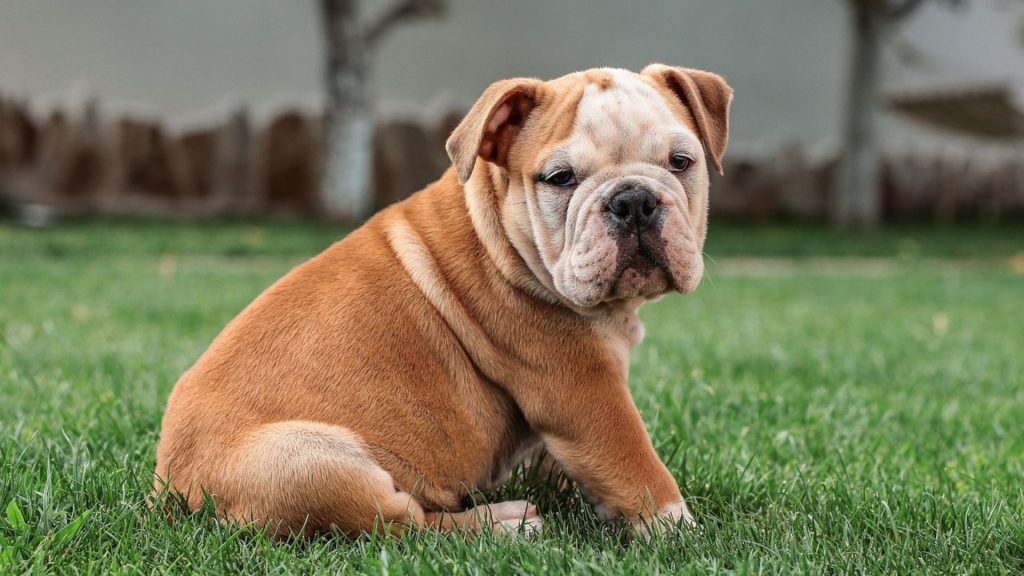
The Olde English Bulldogge was developed in the 1970s in the United States. Breeders aimed to recreate the healthier and more athletic bulldog of the 18th century, focusing on reducing the health issues seen in modern Bulldogs.
Olde English Bulldogges are medium-sized, muscular dogs with a sturdy build. They have a broad chest, a strong jaw, and a characteristic wrinkled face. Their short coat is smooth and comes in various colors and patterns.
Olde English Bulldogges are loyal, courageous, and affectionate. They are known for their protective nature and are excellent family companions. These dogs are also friendly and get along well with children and other pets when properly socialized.
Olde English Bulldogges require regular exercise to maintain their muscular physique and prevent obesity. Their short coat needs minimal grooming, but regular cleaning of their facial wrinkles is essential to prevent infections. Common health issues include hip dysplasia and breathing problems, so routine veterinary check-ups are important to monitor and manage their health.
Ovcharka
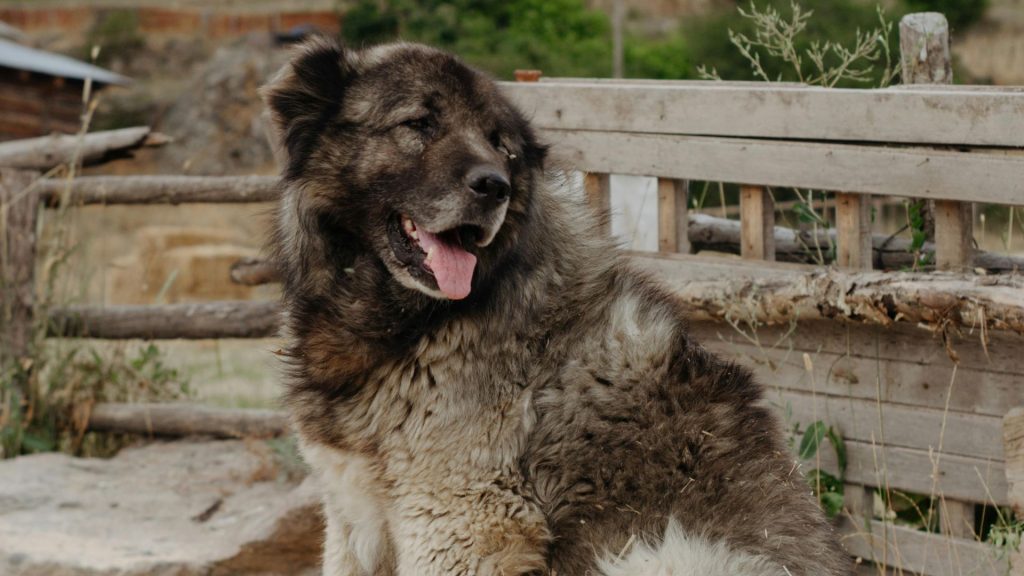
The Ovcharka, also known as the Caucasian Shepherd Dog, originated in the Caucasus Mountains. It was traditionally used to guard livestock from predators, including wolves and bears, due to its formidable size and strength. Ovcharkas are large, powerful dogs with a dense double coat that provides protection against harsh weather. They have a broad head, strong limbs, and a muscular body. Their coat can be long or short, and it comes in various colors.
Ovcharkas are known for their loyalty and protective instincts. They are fearless and can be territorial, making them excellent guard dogs. These dogs are also intelligent and independent, requiring firm and consistent training. Ovcharkas need regular exercise to keep them physically and mentally stimulated. Their thick coat requires routine grooming to prevent matting and reduce shedding. Common health concerns include hip dysplasia and heart issues, so regular veterinary check-ups are essential to maintain their well-being.
Selecting the Right Breed
Choosing the right dog breed involves several important factors. Understanding these can help ensure a happy and healthy relationship between you and your dog.
Lifestyle Compatibility
Consider your daily routine and activity level. Some breeds need lots of exercise, while others are content with a more relaxed lifestyle.
Living Space
Your living space plays a crucial role in selecting a breed. Large breeds often need more room, while smaller breeds can adapt well to apartments or smaller homes.
Exercise Needs
Different breeds have varying exercise requirements. Active breeds like the Otterhound need plenty of physical activity. In contrast, more sedentary breeds may require less.
Allergies and Health Concerns
Some breeds are more prone to certain health issues. Researching these can help you choose a breed that fits your health and lifestyle needs. Also, consider hypoallergenic breeds if you or a family member has allergies.
Matching Breed to Owner’s Personality
Finding a breed that matches your personality and lifestyle is essential for a harmonious relationship.
Active vs. Sedentary Lifestyles
If you lead an active lifestyle, choose a breed that enjoys physical activities. Breeds like the Old English Sheepdog thrive on regular exercise. For more sedentary lifestyles, consider a breed that is content with minimal activity.
Family-Friendly Breeds
For families, it’s important to choose a breed that is good with children and other pets. Breeds known for their gentle and friendly nature, such as the Olde English Bulldogge, are great options.
Breeds for Singles or Couples
Singles or couples might prefer breeds that require less space and are more adaptable. Breeds that are loyal and easy to train can be ideal companions in smaller households.
By considering these factors, you can make an informed decision and find a breed that perfectly fits your lifestyle and preferences.
Caring for Dog Breeds That Start with O
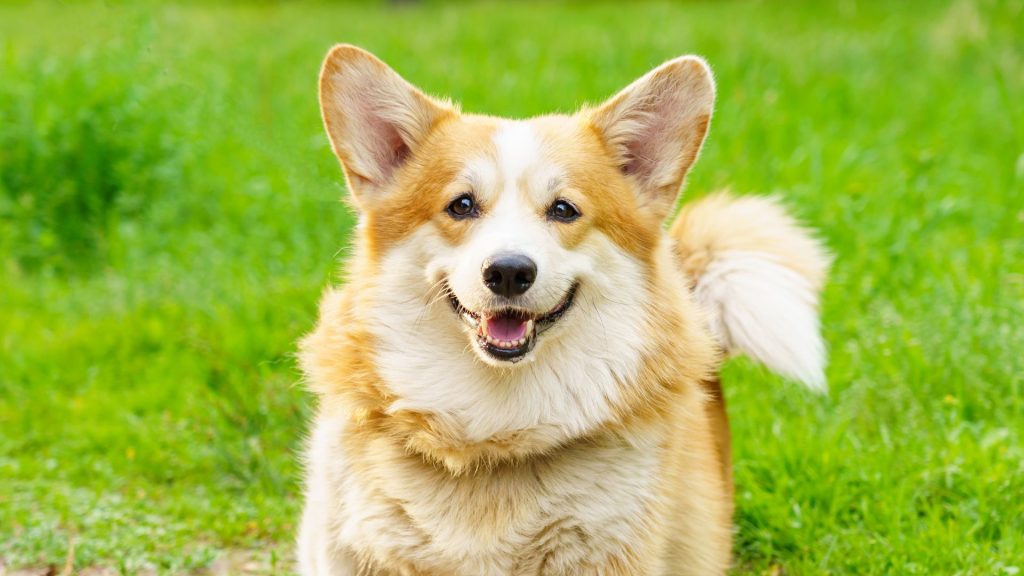
Diet and Nutrition
Proper diet and nutrition are vital for the health and longevity of dog breeds that start with ‘O’. Each breed has specific dietary needs based on size, activity level, and health conditions. For instance, Otterhounds, being active hunters, require a high-protein diet to maintain their energy levels. On the other hand, breeds like the Olde English Bulldogge, which are prone to obesity, benefit from a balanced diet with controlled portions to prevent weight gain. Always opt for high-quality dog food and consult with a veterinarian to determine the best diet plan for your specific breed. Fresh water should always be available to keep your dog hydrated.
Exercise and Activity Needs
Regular exercise is crucial for maintaining the physical and mental health of these breeds. Active breeds like the Otterhound and Old English Sheepdog need plenty of exercise to burn off their energy. Daily walks, playtime, and mentally stimulating activities such as puzzle toys or agility training can keep them happy and healthy. Less active breeds may require less vigorous exercise but still benefit from daily walks and interactive play. It’s important to tailor the exercise routine to the specific needs of the breed to prevent boredom and destructive behaviors.
Grooming Requirements
Grooming needs vary widely among dog breeds that start with ‘O’. The Old English Sheepdog, with its long, shaggy coat, requires regular brushing to prevent matting and tangles. Frequent grooming sessions also help to keep their coat clean and free of debris. The Otterhound, with its dense, rough coat, needs regular baths and brushing to maintain its coat’s health and manage shedding. In contrast, the Olde English Bulldogge has a short coat that requires minimal grooming, but regular cleaning of their facial wrinkles is essential to prevent infections. Establishing a grooming routine that fits the breed’s coat type is essential for their overall well-being.
Training Tips
Training is an important aspect of caring for any dog breed, and it is particularly crucial for breeds that start with ‘O’. These breeds are often intelligent and independent, which can make training a challenge. Consistent, positive reinforcement methods work best. Start training early and be patient. For example, Ovcharkas are known for their protective nature and may require more intensive training to ensure they are well-socialized and obedient. The Old English Sheepdog, being intelligent and eager to please, responds well to positive training methods and enjoys learning new tasks. Regular training sessions help reinforce good behavior and build a strong bond between you and your dog.
Common Health Issues
Each dog breed has its unique set of health concerns. For instance, Otterhounds are prone to hip dysplasia, a condition that affects the hip joints, causing pain and mobility issues. They can also suffer from ear infections due to their floppy ears. Old English Sheepdogs often face hip dysplasia as well and are at risk for conditions like cataracts and autoimmune thyroiditis. Olde English Bulldogges commonly deal with breathing problems due to their brachycephalic (short-nosed) structure, along with hip dysplasia and skin infections. Understanding these breed-specific health problems can help in early detection and management.
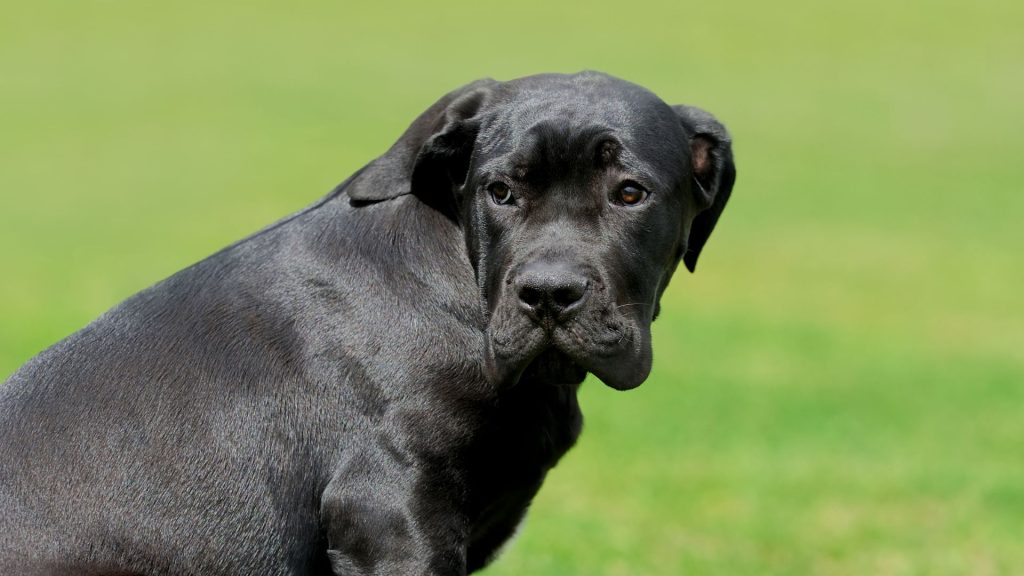
Preventive Measures
Preventive care is essential to keep your dog healthy and mitigate potential health issues. Regular exercise and a balanced diet are fundamental in preventing obesity, which can exacerbate conditions like hip dysplasia. For breeds prone to ear infections, such as Otterhounds, regular ear cleaning can help prevent infections. Dental hygiene is also important; regular brushing can prevent periodontal disease. For brachycephalic breeds like the Olde English Bulldogge, maintaining a healthy weight and avoiding strenuous exercise in hot weather can help prevent breathing difficulties. It’s also beneficial to be aware of your breed’s specific needs and adjust their care routine accordingly.
Regular Veterinary Check-ups
Regular veterinary check-ups are crucial for early detection and treatment of health issues. Annual or bi-annual vet visits allow for routine health screenings, vaccinations, and parasite control. During these visits, vets can monitor for signs of breed-specific conditions and recommend appropriate preventive measures or treatments. Regular check-ups also provide an opportunity to discuss any concerns or changes in your dog’s behavior, diet, or activity levels. Keeping up with these appointments ensures that any health issues are caught early, improving the chances of successful treatment and maintaining your dog’s overall health and well-being.
Conclusion
In this article, we explored various dog breeds starting with the letter ‘O,’ including their unique characteristics, history, and care requirements. Understanding these breeds helps prospective dog owners make informed decisions. It’s crucial to research and choose a breed that fits your lifestyle and needs.
Remember, a well-informed choice leads to a happy and healthy relationship with your pet. We invite you to share your experiences or ask questions in the comments below. Your insights could help others in their journey to finding the perfect canine companion.

Hello, I’m Donna Carter, the founder and writer behind PetFleck.com. My journey with dogs started years ago, and it’s been a passion that has only grown stronger over time. I’ve always been fascinated by the unique behaviors and characteristics of different dog breeds, and this curiosity has led me to dive deep into the world of canine studies.
My love for dogs is the driving force behind everything I do. I’ve dedicated countless hours to researching and understanding the nuances of dog care, training, and breed-specific traits. This dedication helps me create content that is not only informative but also genuinely helpful for fellow dog lovers and owners.
At PetFleck, I combine my extensive knowledge and hands-on experience with my passion for dogs to provide valuable insights and tips. Whether it’s exploring different breeds or offering practical advice on dog care, I aim to share knowledge that makes a real difference in the lives of dogs and their families.
I’m thrilled to share my love for dogs with you through my writing. I hope my articles inspire and inform, helping you to better understand and appreciate the incredible bond we share with our furry friends.
Thank you for visiting PetFleck.com, and I look forward to connecting with you through our shared love of dogs!
